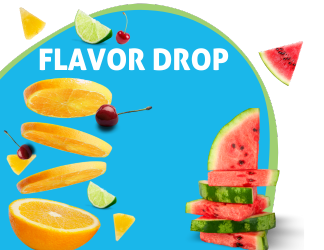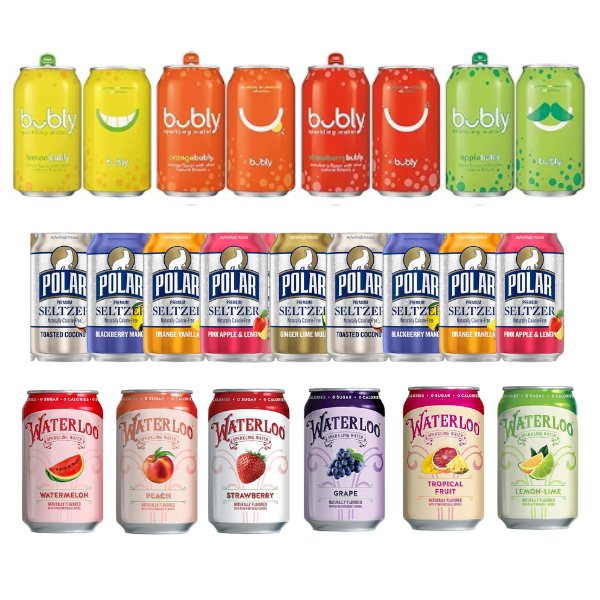The functional food and beverage category continues to see significant growth as consumers demand greater value from their products.
Earlier this year, a colleague of mine made a few suggestions as to how to predict the next major functional ingredient trend. Her guidelines included paying attention to macro food trends (namely clean label and convenience), homeopathic treatments for common ailments, versatility in both application and taste, the cost-effectiveness and supply chain feasibility and the origin story.
Keeping her recommendations in mind, I came up with a list of ingredients that food and beverage professionals should have on their radar. I expect the five ingredients below to capture more of the market share in the next six to twelve months.

Ashwagandha
This adaptogenic Indian herb is most commonly used as a powder and in tea blends, but now it has made its way into a few brands that have gained sizeable followings for their inventive products. Plants and herbs that fall into the adaptogenic category will continue to pique consumer interest because of their ability to assist the body in adapting to the negative effects of chronic stress. Though ashwagandha has a bitter, pungent taste on its own, there are products on the market that have successfully masked the taste with sweeter flavours like chai, mango-peach and pomegranate.
 Coconut vinegar
Coconut vinegar
Think of it as apple cider vinegar’s slightly sweeter, lower-calorie cousin. It offers some of the same health benefits – including aiding with digestion and helping with weight loss – and is more nutrient-rich with amino acids and vitamins B and C than apple cider vinegar. Drinking vinegars have been making a comeback in the form of shrubs and switchels, which is another reason there’s room for coconut vinegar in the marketplace.
 Maca
Maca
You might not think that radish and chocolate make a compelling pair, but this root is now in chocolate bars, and soon will make its way into even more food and beverages. It’s known to improve general health and provide an energy boost. Some consumers rely on maca as a homeopathic way to achieve hormonal balance, and aid with sexual function.
 MCT oil
MCT oil
You’ve probably heard that fat is back, and one of the ways it has resurfaced is through medium chain triglycerides (MCTs) that occur naturally in foods like coconut oil, palm kernel oil and butter. It’s become especially popular in the coffee/butter craze, because consumers want more efficient function whenever possible. Studies have shown that rather than being stored, MCTs are absorbed more quickly than other fats and are converted to fuel.
 Purple corn
Purple corn
Anthocyanins, the flavonoids that give purple corn its bold hue, are associated with a variety of benefits, including the regeneration of connective tissue, improvement in circulation and anti-inflammatory properties. This Peruvian plant is also high in antioxidants and is starting to be brewed in teas and other beverages that are readily available. As consumers shy away from artificial colours, brands need to capitalise on the colour and functional benefits that this and other ingredients provide naturally.
There is a significant percentage of adults that look to functional food and beverage for a variety of health concerns, including high cholesterol, obesity, high blood pressure, and heart health. Brands that incorporate ingredients that address those issues, while communicating a compelling origin story of a conveniently packaged product, will have a high likelihood of capturing consumers’ attention. Once you have their attention, remember that taste is still king. Consumers will forego some taste for nutritional value, but there’s still a high taste threshold that consumers won’t cross, no matter the benefits a product offers.
Originally posted on Foodbev.com.




